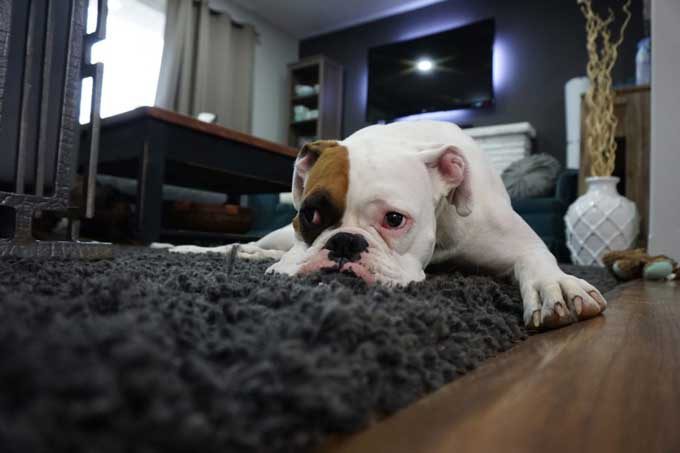
Big and Small Renovations to Pet-Proof Your Home
When getting your home ready for a pet, pretend you’re readying your abode for a young child. Pets aren’t very conscious of spatial depth or height, and they simply don’t know how to identify objects that are unsafe, so assume that they must be protected from anything that could get them into trouble.At the same time, you want to make sure that your belongings are safe and out of harm’s way, and you’ll want to think strategically in terms of flooring materials and basic elements like windows, doors, and furniture.
Door Options
In terms of your first point of entry, think of your exterior door options. You’ll want a material that is scratch-proof, so fiberglass is a better choice than wood, and you’ll want to consider the option of a dog or cat door, as well as a pet-resistant screen door.If you live in a high-traffic neighborhood, it would make more sense to have the pet door exiting into the back yard — unless you have a fully fenced front yard. If you live in an area with lots of bugs or mosquitoes, consider adding a pet-proof screen door.
If you live in a home that has a sliding glass door, it might be in your best interest to purchase a pet door insert, but you have the option of installing a sliding door as well to allow your pet to take potty breaks as needed. This is often the best option for individuals or families that spend long hours during the day away from home, allowing your pet to exercise, get sunshine, and to go to the bathroom while you’re away.
Room Additions
If you’re really looking to invest in your pet, and your house, one addition to consider is a sunroom or screen room that looks out into the yard. Especially if all members of the household are away at work, most of the day, pets will appreciate the ability to look around and feel as if they’re outdoors—even if they’re protected from the elements.Your pet(s) will also appreciate the opportunity to see you coming and going, as well as the ability to survey their territory and see guests as they approach or leave the house. Here is a bit of inspiration for you in the form of ‘catio’ ideas — or patios for cats!
Decoration No-Nos
What about some decoration elements to avoid? One definite no-no is plush wall-to-wall carpet or expensive rugs. Instead, opt for hard surface flooring materials, such as tile, brick, concrete, or terrazzo. If you must have carpet, however, choose low-pile options or modular carpet tiles that can be readily cleaned and vacuumed.In addition, matching carpet and upholstery will lessen the need for frequent cleanings and generally make your life a lot easier! Be sure to shop around for stain-resistant and washable fabrics and throw blankets. Lastly, if you have a dog, be sure that they are regularly bathed and groomed.
If new flooring isn’t an option, that’s okay too, but if you have light colored carpets in your home and a pet with dark fur at the very least consider investing in dark throw rugs to protect your carpet and reduce the amount of visible pet hair.
Houseplants
One element that can add a lot of ambiance to your home as well as help optimize the air quality is the addition of houseplants. However, you’ll want to be careful to check the ASPCA website to make sure that the plant you’re considering isn’t toxic to dogs or cats.Decoist put together a handy list of plants that are both aesthetically pleasing and safe for cats and dogs: it includes spider plants, lemon button ferns, areca palms, baby rubber plants, ponytail palms, and prayer plants. Furthermore, a few edible plants and herbs that are safe to eat include basil, strawberries, sage, and thyme.
Meal Time
Speaking of eating, it’s recommended that pets have their own meal area so that they don’t do unnecessary damage to the floors or the cabinets in the kitchen, say, or other highly used areas.A designated space is useful so that pets associate that space with mealtime and know where to go when they’re hungry. Also, if possible, consider bamboo or rubber flooring for meal areas, so as to minimize damage to the house.
Windows
In terms of windows, be strategic in your choice of decoration. Ideally, you’ll want to decorate your windows with blinds or shades, and avoid long curtains, since kittens love to climb them and could easily hurt themselves while trying to get down.Instead, try wood or faux wood blinds, which are easy to maintain—just be sure to keep the cords out of reach, so as to avoid temptation! Loose cords are also a choking and strangulation hazard for both dogs and cats, so find a way to hide them from your pet! And be sure that windows are kept closed if you live in a high-rise building. You don’t want your cat suffering from “High-Rise Syndrome” — and yes, that’s actually a thing, believe it or not!
Pet Hazards
Be sure to eliminate the possibility of your pets accessing human foods and medications that could make them sick. Look for possible ‘ladders’ that provide access to countertops and tabletops, such as stools and chairs. You don’t want your dog or cat accidentally swallowing a whole vial of sleeping pills or cold medicine that could poison them.Be aware of possible toxins like antifreeze or toilet bowl cleaners — be sure to lower the lid of the toilet and keep cleaning and hardware fluids and supplies locked up or away from where your animals can reach them. Lastly, be sure that mouse traps and rodenticides are inaccessible.
* * *Well, that does it for pet-friendly tips for the home. Be sure to consider your four-legged friends when decorating or making renovations to your abode. Ideally, your pets will feel as comfortable and safe as you do, and you will maximize comfort and ease of living for yourself and your family, as well!

Subscribe to the Comfort Windows & Doors Blog


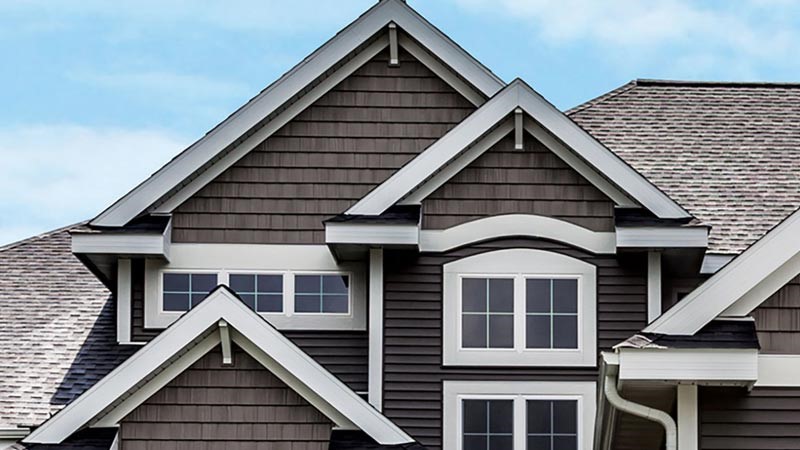
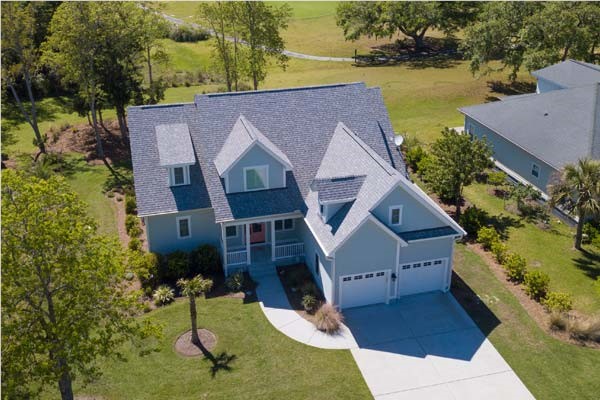
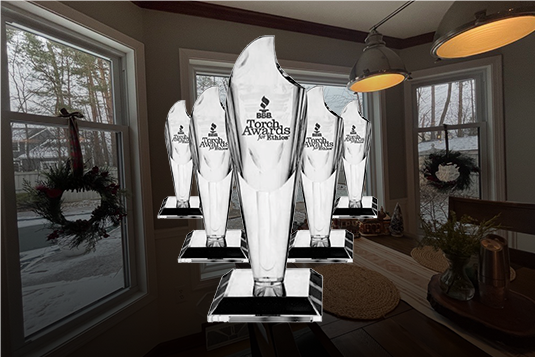
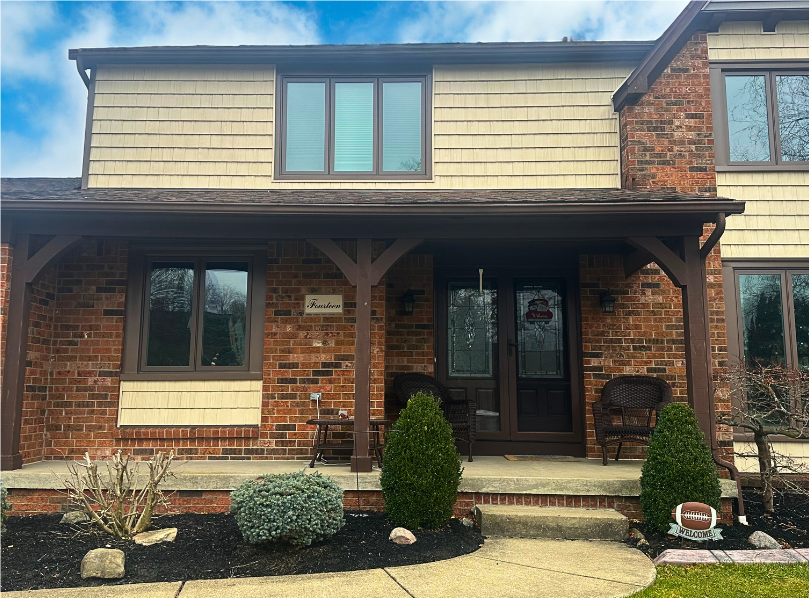
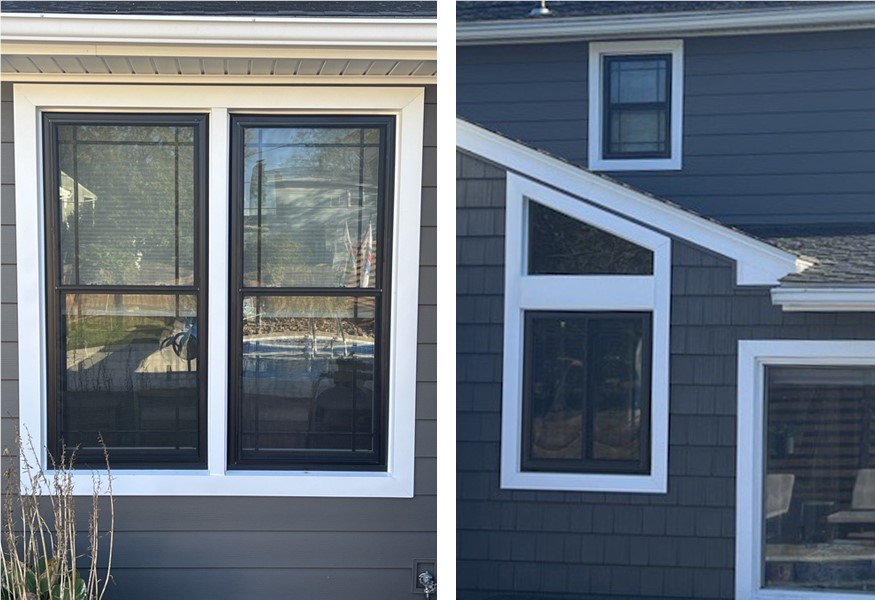

Comments